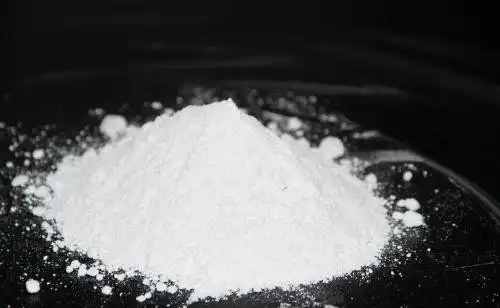Hebei Messi Biology Co., Ltd. stated that the main use of magnesium hydroxide is to produce magnesium chemicals such as magnesium oxide, followed by flame retardants, flue gas desulfurization, fuel oil additives and magnetic recording materials. Magnesium hydroxide is an inorganic flame retardant material developed in recent years. It releases bound water when heated, which can play a role in cooling and inhibiting the initial smoke generation of synthetic materials. At present, the methods for preparing magnesium hydroxide using dolomite as raw material mainly include ammonia method, lime method and sodium hydroxide method.

Compared with other methods for preparing magnesium hydroxide, the ammonia method has a novel and reasonable technical route, simple process, cheap and easy-to-obtain raw materials, high utilization rate, low production cost, and no pollution to the environment, and has high industrial value. However, the commonly used ammonia method now is to decompose dolomite into magnesium oxide and calcium oxide for extraction, which not only consumes a lot of energy, but also causes the disadvantage of large ammonia circulation. At the same time, ammonia leakage will also cause certain environmental pollution. The rheological phase reaction method is used to extract magnesium, and magnesium hydroxide is obtained by precipitating ammonia water. The process has the advantages of low energy consumption, simple process, high extraction rate, and good separation of calcium and magnesium in dolomite.
Experiments conducted by Hebei Messi Biology Co., Ltd. have shown that microwaves can accelerate the dissolution of calcium, reduce the precipitated calcium content and water content, and improve the quality of magnesium hydroxide.
